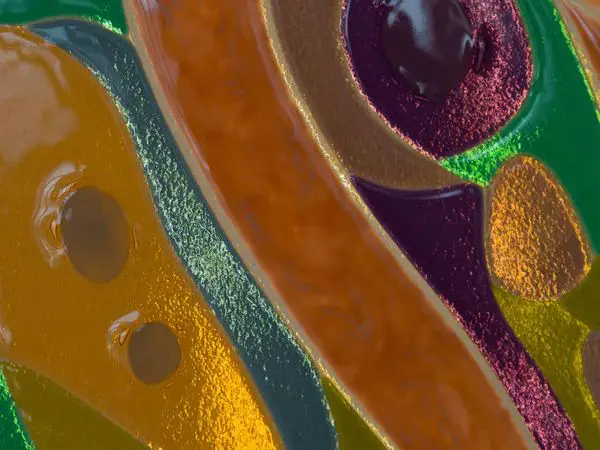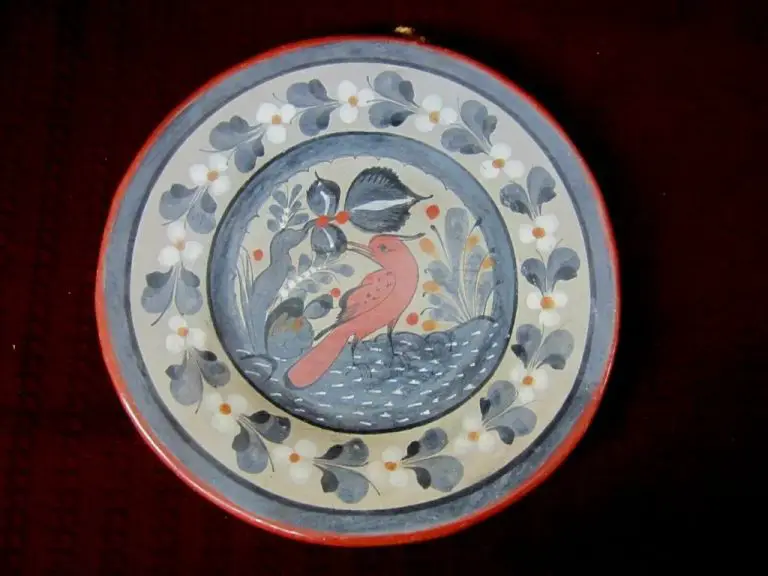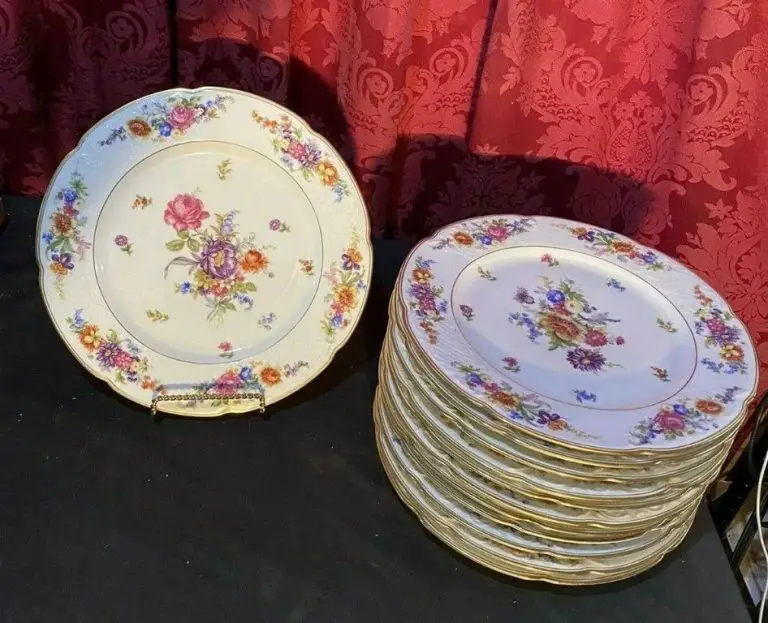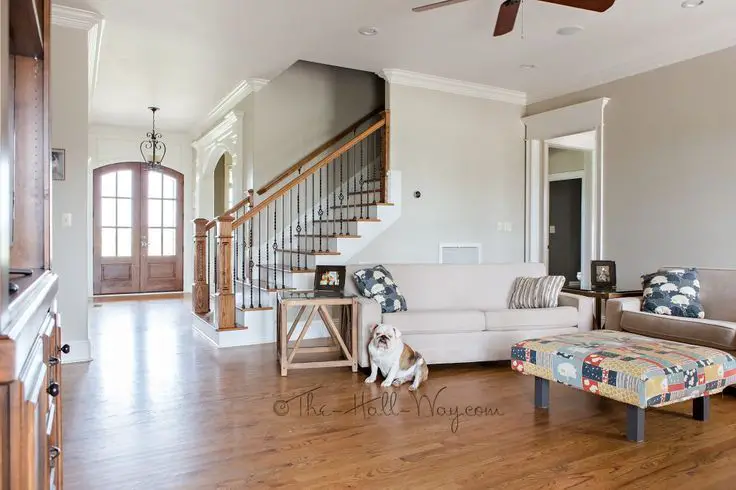Is Glass Fusing Hard?
What is Glass Fusing?
Glass fusing is a technique used to join pieces of glass together by heating them in a kiln. The glass pieces are arranged in a design, and then heated to a high temperature so they fuse together into one solid piece. This is different from stained glass, where the pieces of colored glass are joined by strips of lead.
The basic process involves:
- Designing or selecting a pattern for the finished piece
- Cutting pieces of glass to size
- Arranging the glass pieces on a kiln shelf or fiber paper
- Firing the glass in a kiln at high temperatures (usually between 1400-1480°F) until the edges of the glass flow together
- Allowing the glass to cool slowly in the kiln before removing
There are many types of glass used for fusing, including art glass, borosilicate glass, dichroic glass and more. The glass comes in sheets, rods, frit and other forms. Common tools and equipment for glass fusing include a glass cutter, grozing pliers, kiln, firing schedule, and safety equipment like kiln gloves.
The Steps of Fusing Glass
There are a few key steps involved in creating fused glass artworks.
First is design and material selection. The artist must decide on the colors and types of glass they want to use. They will select sheets of compatible glass, powders, frits, strings, or other materials. Compatibility is important so the materials fuse together properly in the kiln. As the Daily Astorian notes, “Knowing how to combine colors and textures takes some knowledge.” [1]
The next step is cutting and arranging the glass. Using a specialized glass cutter, the artist will cut the glass into the desired shapes. These pieces are then arranged on a kiln shelf to form the design. Precise cutting is important for the cleanest edges and best fit.

Finally comes firing in the kiln. The arranged glass goes into a kiln that heats to over 1000°F. At these high temperatures the glass fuses together into one solid piece. Different firing schedules are used to achieve full fusing, tack fusing, or slumping effects. Controlling the kiln properly is key for an even fuse. [2]
Is Designing Fused Glass Difficult?
Designing fused glass requires creativity, vision, and an understanding of design principles. For beginners, coming up with fused glass designs can be challenging. Unlike other crafts like painting or drawing where you start with a blank canvas, with fused glass you start with pre-cut pieces of glass that you need to arrange in an appealing way. This constraints the creative process to some degree.
Learning the principles of design like balance, contrast, emphasis, movement, pattern, rhythm, and unity is key to creating appealing fused glass pieces. Having an intuitive sense for what color combinations, textures, and shapes look good together takes practice. Glass fusing artists recommend starting simple and looking at the work of others for inspiration as you develop your design skills. While envisioning and executing more complex multilayered glass fusing projects does take artistic talent, the possibilities for creativity are endless for those willing to learn and experiment.
Overall, the consensus among fused glass experts seems to be that while the initial learning curve can be steep, designing fused glass gets easier with time as you learn the techniques. With practice and dedication, fused glass designing is very achievable for motivated beginners.
Challenges of Cutting Glass
Cutting glass for fusing presents some unique challenges. First, it requires specialized tools like a glass cutter, breaking pliers, and a running plier to get clean and precise cuts (https://www.thecrucible.org/guides/glass-fusing-3/). Unlike cutting paper or wood, glass needs scored to create a line of weakness before it can be snapped apart. It takes practice and skill to score the glass properly and cut it along the line without deviation.
Cutting glass also demands extra safety precautions. The scoring process creates small glass particles that can accumulate into glass dust which poses a hazard if inhaled (https://lisajvogt.com/2021/01/26/better-glass-cutting/). Proper ventilation, masks, and cleanup are critical when cutting glass to limit exposure. The glass itself can also be sharp and slippery, requiring cut-resistant gloves and secure work surfaces.
For beginners, it’s normal to struggle at first with getting clean cuts or having glass break unpredictably compared to a seasoned glass artist. But with the right tools, safety measures, and experience over time, the challenges of precision glass cutting can be overcome.
Using a Kiln Safely
When fusing glass, one of the most important safety considerations is properly using your kiln. Kilns reach extremely high temperatures, typically between 1,200-1,500°F, making them potentially dangerous if not used with care.
Proper kiln ventilation is crucial to allow heat to escape and prevent too much heat from building up. Most kilns have top and bottom peepholes or vent holes specifically for ventilation. Keeping these open during firing allows heat to circulate. You may need to crack open your kiln’s lid as well. Make sure your kiln is situated so vent holes are not blocked.
It’s also essential to carefully follow the firing schedule and ramp speeds recommended for your specific glass project. Glass needs to heat and cool at controlled rates to prevent cracks or breaks. Rushing the schedule by firing too quickly can lead to thermal shock. Configure your kiln’s controller properly and double check settings at each stage.
Preventing thermal shock also means never opening your kiln prematurely while glass is still hot. Wait until after annealing when the kiln has fully cooled to room temperature before removing your glass. Be cautious when handling just-fired glass since it may still be warm when first removed. With patience and by properly ventilating your kiln, following precise firing instructions, and avoiding abrupt temperature changes, you can safely complete the firing process.
Mastering the Firing Process
Achieving the proper temperature in the kiln is crucial when fusing glass. Most glass requires between 1400-1480°F to fully fuse, depending on the COE (Coefficient of Expansion) of the type of glass used (Soul Ceramics). Using a kiln sitter, pyrometer, or programmed controller can help monitor the temperature. It’s important when first starting out to keep track of firing times and temperatures to understand how your kiln heats up and cools down.
The time glass spends at the target temperature, known as the “soak time”, will determine the degree of fusing. A longer soak time can allow glass to become more rounded or create greater distortion. Most simple fuse projects require 15-30 minutes at the peak temperature. Experimenting with slightly longer or shorter times can achieve different effects. Always allow enough time for glass to fully fuse before opening the kiln.
Common issues like under-firing or over-firing can occur while learning to use a new kiln. Signs of under-firing are edges staying sharp or layers of glass not adhering correctly. Over-firing glass can lead to bubbling or melting too much. Keeping detailed notes, examining results, and adjusting firing times can help troubleshoot any problems (The Crucible).
After the Fuse: Finishing
Once the glass has been properly fused in the kiln, the glasswork is ready for finishing touches. This involves processes like grinding, sanding, and polishing to smooth any sharp edges and give the glass a polished look. Many glass fusers use a diamond pad grinder for the initial smoothing, followed by progressively finer grit sandpaper to achieve a glossy finish.
Decorative accents can also be added after fusing, such as etching designs into the glass or adding dichroic glass elements as embellishments. Some glass artists also use coldworking techniques like glass engraving or enameling to further decorate the fused glass.
Finally, the fused glass piece needs a frame or stand to be functional. Metal frames, wooden frames, or plastic stands can be used to display, hang, or mount the finished fused glass artwork. Or pieces of fused glass can be incorporated into other objects, like lamps, mirrors, windows, jewelry, and more. With some simple finishing steps, a smoothly polished and beautifully adorned work of fused glass art is complete.
For more information, see this helpful guide on finishing fused glass: https://www.thecrucible.org/guides/glass-fusing-3/
The Costs of Glass Fusing
Glass fusing requires some initial investments in equipment and supplies. The most significant cost is purchasing a kiln, which can range from $300 for a small hobby kiln to over $2000 for a large production kiln. You’ll also need various tools like a glass cutter, grozing pliers, and safety gear like kiln gloves and glasses. These tools may cost $50-300 to get started.
The glass itself can get expensive, especially when using quality art glass. Simple fused glass projects may only require $20-40 in glass. But for more intricate multi-layered pieces with specialty glass, costs can reach $100-200 in glass per project. So glass purchase costs can add up over time as you continuously make new fused glass pieces.
There’s also an ongoing time investment required. It takes practice and experience to get efficient at designing, glass cutting, firing cycles, and finishing. Even experienced glass fusers spend 5-10 hours per medium complexity piece. So glass fusing requires a significant time commitment to hone your skills.
Overall the start-up costs for a hobby fused glass setup can easily reach $1000 or more when factoring in the kiln, tools, workspace, and initial glass. Ongoing costs for supplies, electricity, and time investments should also be considered. But many glass artists feel the rewarding process makes it worthwhile. More details on costs can be found at this glass fusing workshop’s registration page.
Is Glass Fusing Hard to Learn?
Like many artistic crafts, glass fusing has a steep initial learning curve. There is much to learn about the specialized tools, equipment, and techniques required to successfully fuse glass. Cutting glass can be particularly challenging for beginners to master https://everythingstainedglass.com/fused-glass.
For those who are brand new to fusing, taking lessons can help shorten the learning curve. In-person classes provide hands-on practice and access to experienced instructors who can provide guidance. Many local art studios and community colleges offer introductory and intermediate fusing workshops. There are also online video tutorials available, but these lack the customized feedback an in-person instructor can provide https://www.thecrucible.org/guides/glass-fusing-3/.
Joining a community of glass fusing artists is another excellent way to accelerate learning. More advanced glass artists are often happy to mentor beginners and share their wisdom. Online forums provide opportunities to get feedback on projects and troubleshoot issues. Over time and with practice, the satisfaction from mastering new fusing techniques is immense.
The Rewarding Process of Fused Glass
Though learning the techniques of glass fusing requires dedication, the creative process of making fused glass art delivers immense satisfaction. Combining glass pieces and seeing how the colors meld together during firing provides a relaxing, meditative activity for the maker. While there is a learning curve, the ability to produce beautiful works of art that reflect your personal vision makes glass fusing deeply fulfilling over time.
The hands-on nature of glass fusing and the way colors transform through heat allow for an organic, evolving creative process. Cutting and arranging the glass engages you on a sensory level. Seeing the final fused piece emerge from the kiln is exciting, as the glass takes on new depth and brilliance. Even failed attempts provide learning opportunities to adjust techniques and materials. For those seeking creative engagement, glass fusing provides a rewarding medium of expression.
Unlike other art forms, fused glass allows makers to watch their work slowly develop over multiple firings. There is satisfaction in perfecting techniques over successive attempts, improving skills incrementally. While a single project may take patience and persistence across multiple kiln firings, the ability to produce professional, gallery-worthy art provides lasting fulfillment. More than producing objects, the meditative practice of glass fusing allows for inner reflection and growth.




